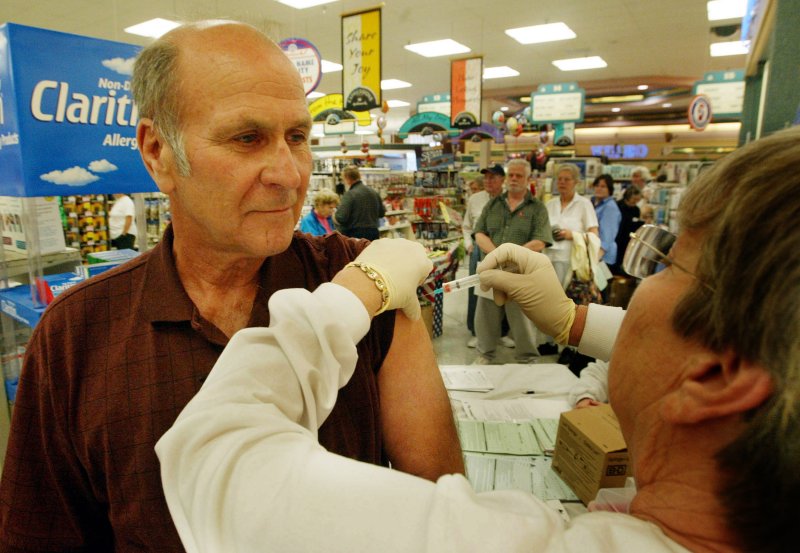BETHESDA, Md., Oct. 10 (UPI) -- This year's flu vaccine will protect against three strains most likely to cause the flu, but some vaccines will have an additional strain, U.S. officials say.
Dr. Anne Schuchat, an assistant surgeon general in the U.S. Public Health Service and director of Centers for Disease Control and Prevention's National Center for Immunization and Respiratory Diseases, said everyone age six months and older should get an influenza vaccine.















